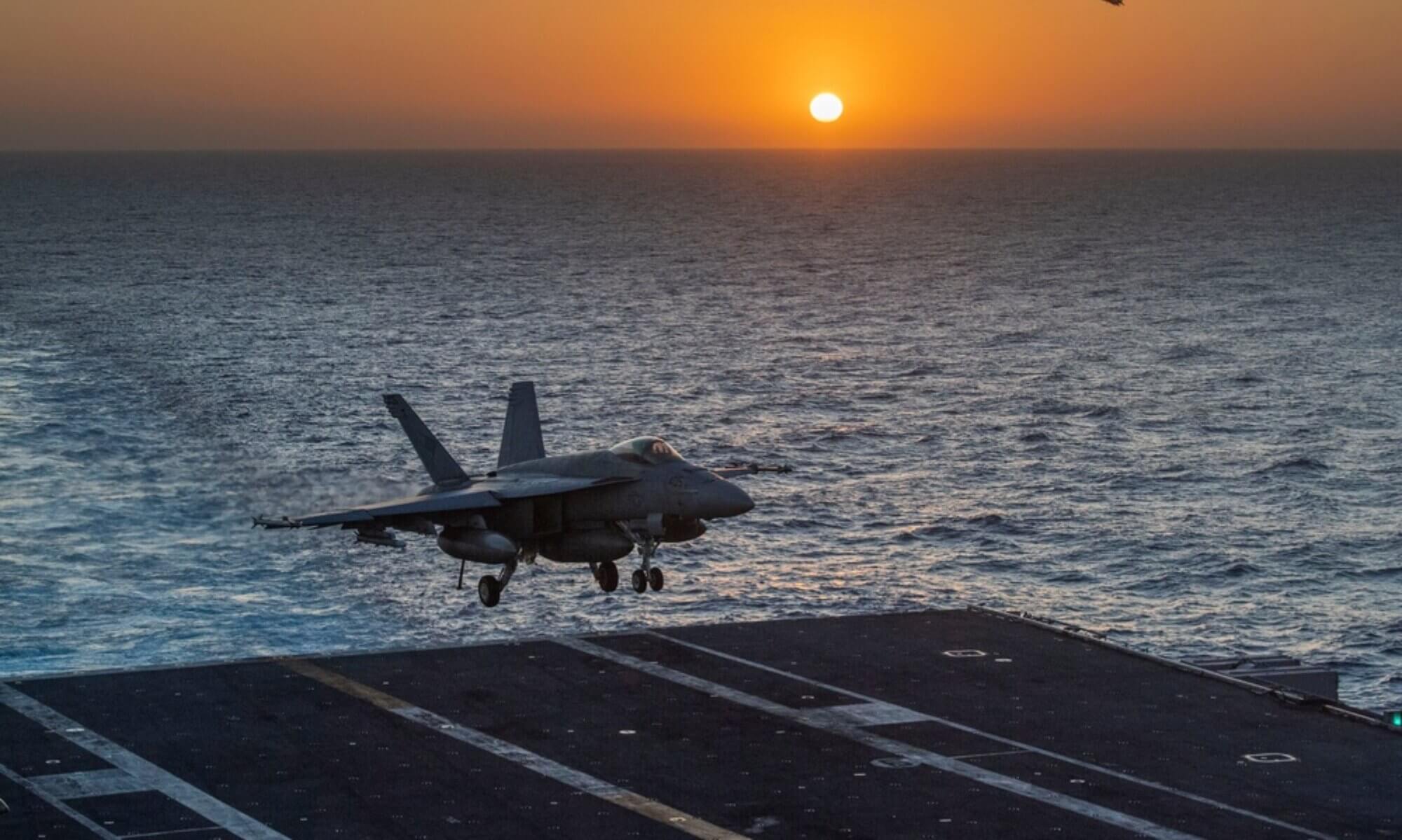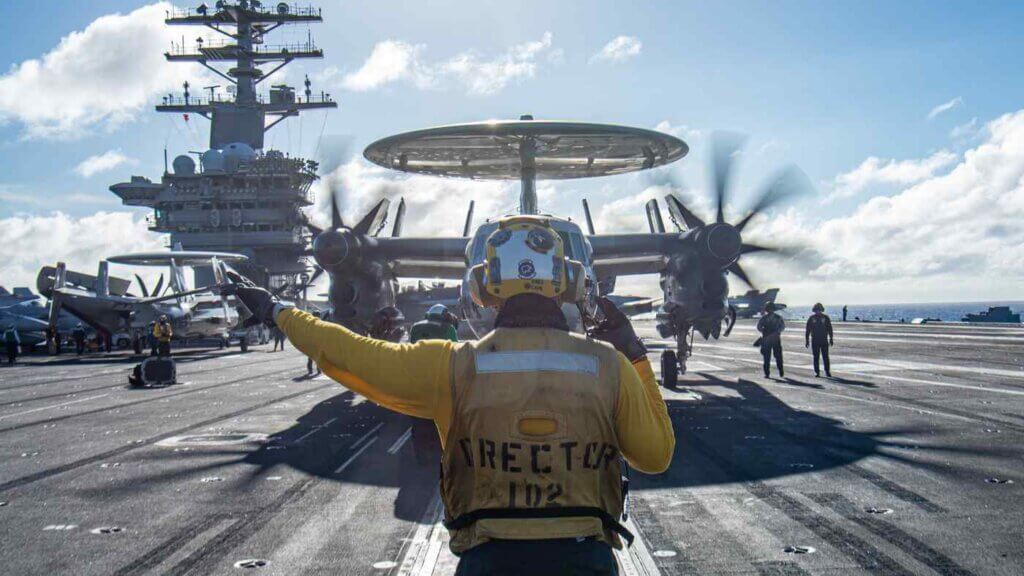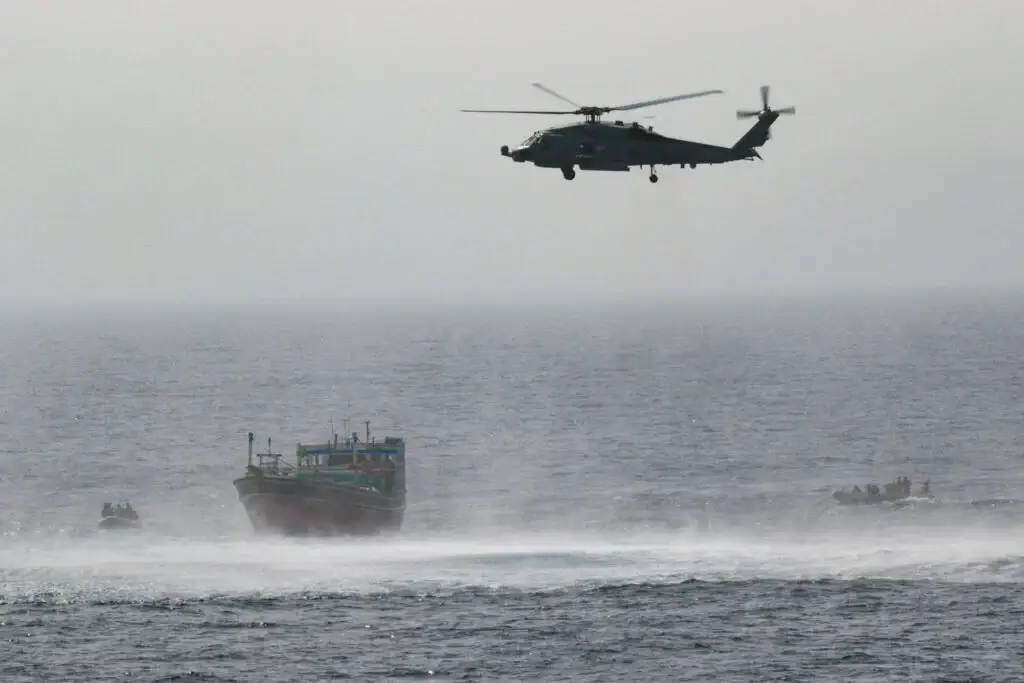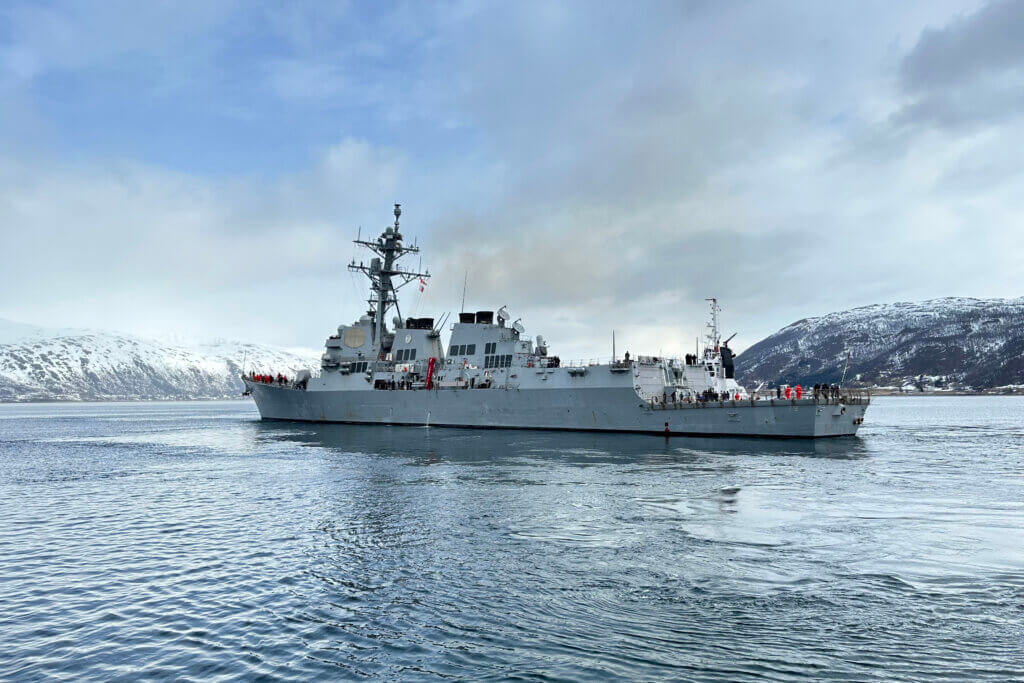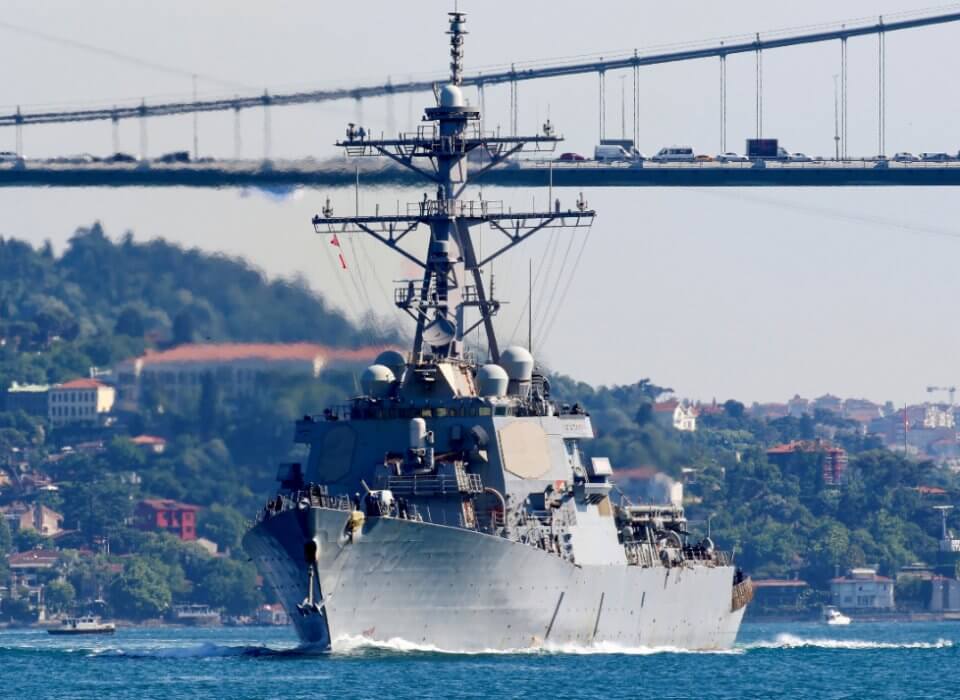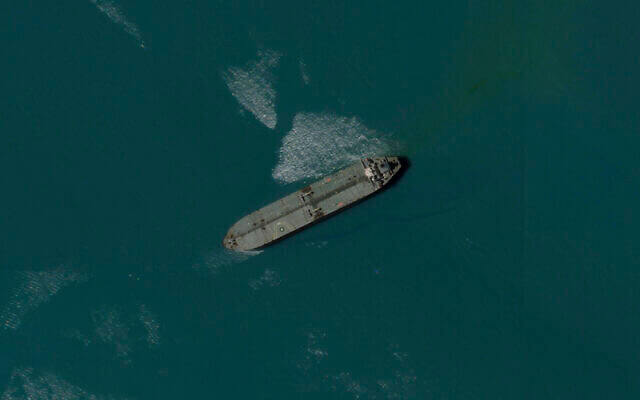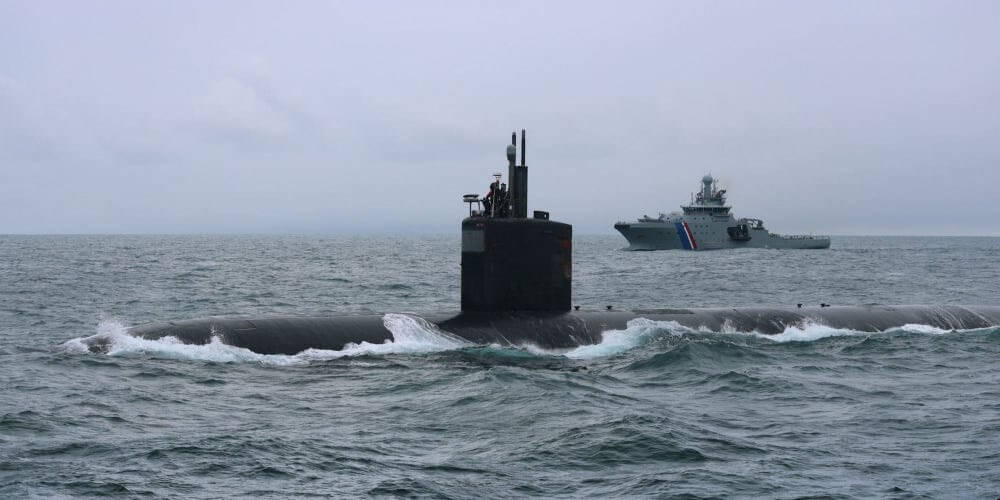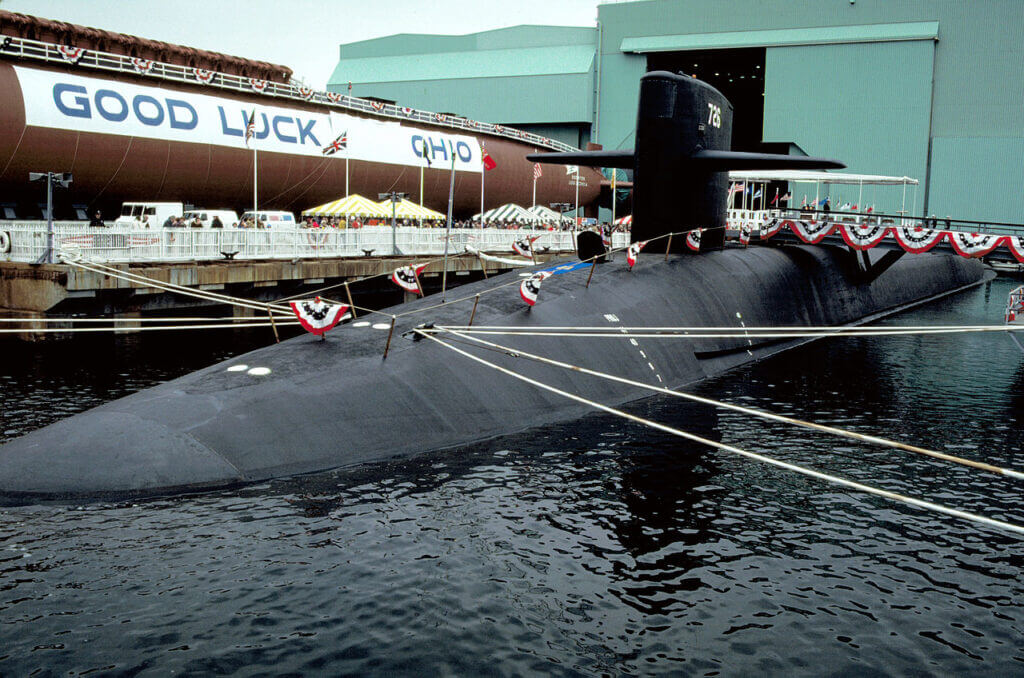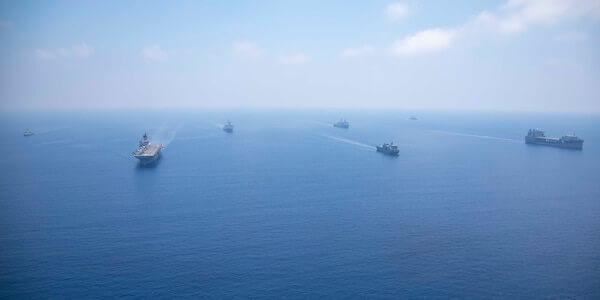
Dear Members and Subscribers,
We are excited to reach out to you today as Americans for a Stronger Navy, an organization dedicated to advocating for a robust and capable United States Navy. We believe that a strong navy is not only vital to our nation’s security but also plays a crucial role in safeguarding global stability and prosperity. Recent events have underscored the importance of our mission, and we want to share with you why this matters to each of us, our organization, the Navy, and the rest of the world.
The Changing Landscape:
The Indo-Pacific region, spanning vast territories and diverse nations, is at the forefront of global geopolitical challenges. We cannot ignore the rapid rise of China, which actively seeks to challenge the international rules-based order established after World War II. The United States, together with our allies and partners, must respond decisively to protect our interests, ensure regional stability, and uphold the principles that have guided us for decades.
The Role of the United States Navy:
The United States Navy has long been the cornerstone of American power projection and influence in the Indo-Pacific. It has played a pivotal role in maintaining peace and stability throughout the region. However, as the security environment evolves, so too must our naval capabilities and strategies. We need a strong and modern navy that can deter potential threats, protect our national interests, and respond effectively to emerging challenges.
What Just Took Place:
Recent developments have highlighted the urgency of this mission. The Center of Strategic and International Studies 2023 Indo-Pacific Conference shed light on the significance of our network of allies and friends in the region. It emphasized that our military presence has been a force for stability and prosperity, countering notions that it is destabilizing or provocative. Our allies and partners have expressed a keen interest in a more robust U.S. presence, reinforcing the importance of our role in the Indo-Pacific.
Our Advocacy and Your Support:
At Americans for a Stronger Navy, we are committed to advocating for a stronger United States Navy and a comprehensive strategy tailored to the Indo-Pacific. We believe that by strengthening our naval capabilities, enhancing alliances, and engaging with regional partners, we can effectively address the evolving challenges in the region. Our advocacy extends beyond military strength, as we recognize the significance of a multilateral approach that promotes dialogue, cooperation, and collective security.
Your support is crucial to our mission. By joining our cause, you contribute to the effort to bolster America’s naval capabilities and advance our nation’s strategic interests in the Indo-Pacific. Together, we can make a difference and ensure a secure future for ourselves, our allies, and the entire world.
Conclusion:
As we navigate an ever-changing world, a strong United States Navy remains essential to protect our interests, promote stability, and uphold the values we hold dear. Through our advocacy efforts, we aim to reinforce the significance of a robust naval presence in the Indo-Pacific and engage with our allies and partners to build a resilient security network. We invite you to join us in this critical endeavor and help shape a future where a stronger navy contributes to a safer and more prosperous world.
Thank you for your continued support.
